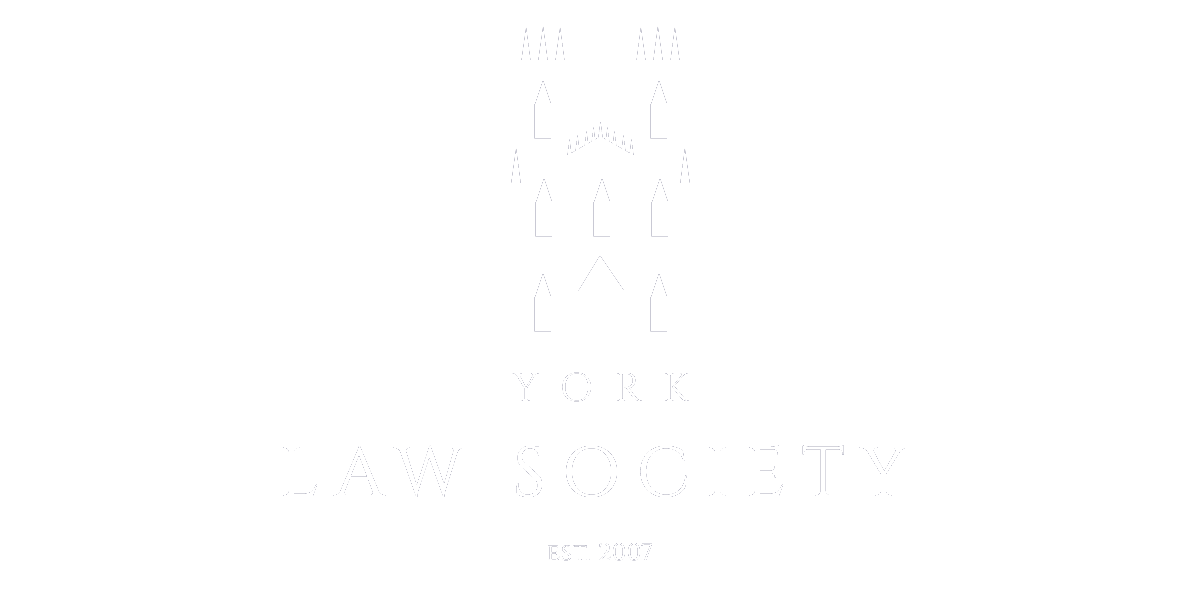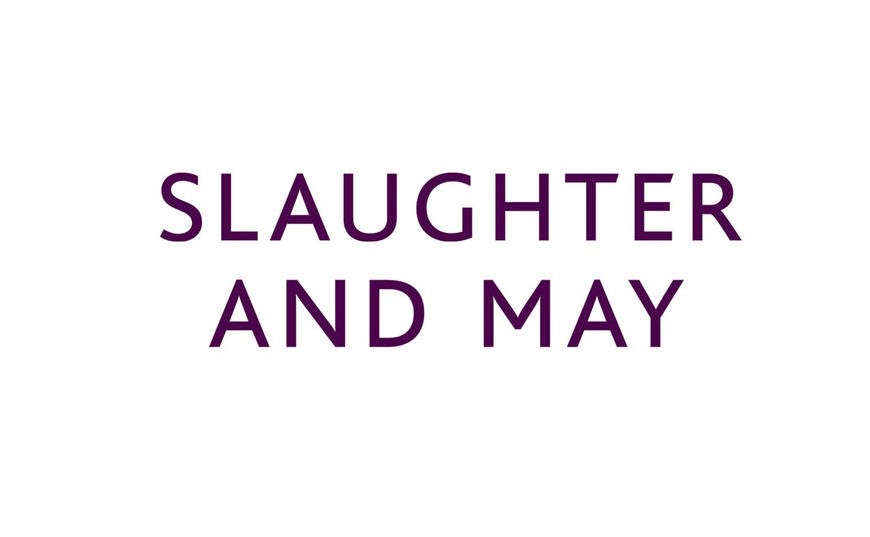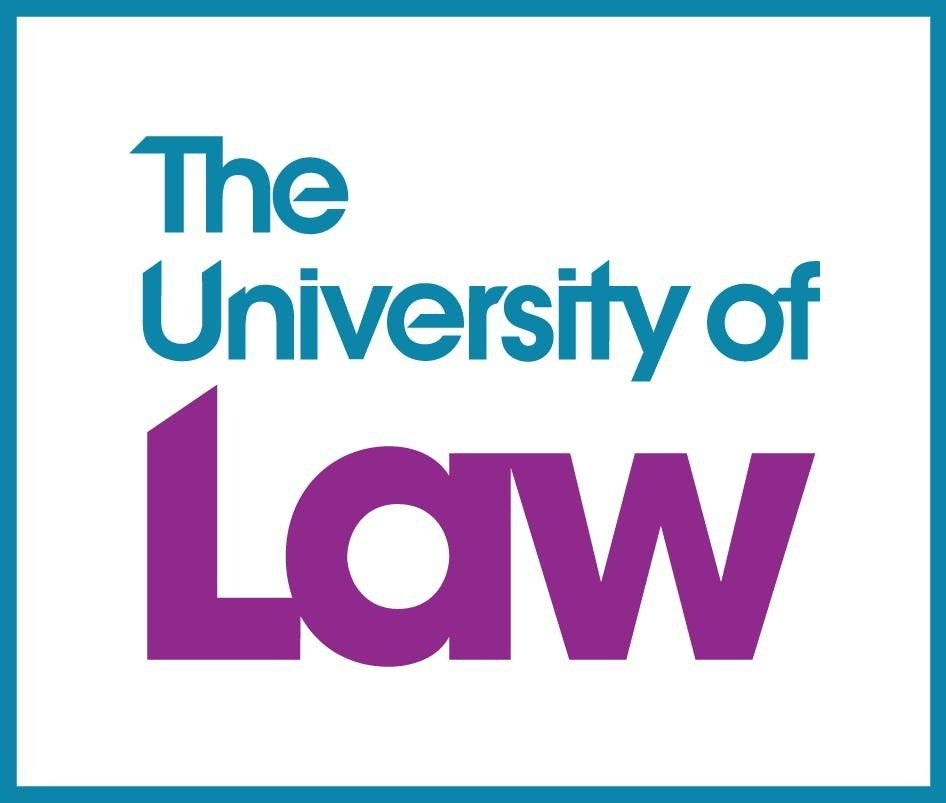The ‘machinery of justice’ is a complex system, symbolised by the blind Lady Justice.[1] Conceptually, her blindfold seeks to eliminate prejudice within the Law, but in a society that has evolved to see, appreciate and understand differences between individuals, should the Lady remain without sight, or ought she to be present, watching over the implementation of the law to observe and ensure just application? Interestingly, Lady Justice sits atop the United Kingdom’s Old Bailey Court with her eyes wide open, implying that English Law rejects concepts of blind justice and strives to administer its justice, eyes open, with acknowledgement and understanding of prejudice facing an individual before the law. Yet, the UK’s approach to understanding individual injustice arguably no longer assists the progression of equality. This article seeks to explore conflicting approaches towards social justice, namely the rule of law and the Equality Act 2010, and considers: is the Equality Act 2010 really an act of equality, or is it time for a re-assessment of the UK’s ‘machinery of justice’?[2]
1. The law, its theory, and its application
In order to assess the current system of regulating equality, it is necessary to first engage with the law and its theory, to ascertain how it is currently being applied, and whether this is appropriate. As a concept, the rule of law has endured an evolutionary process; it is ‘based around legality’, but arguably exists to display the law’s historical development.[3] It attempts to reflect the legal system’s preservation of equality, but there is conflict amongst academics as to its true purpose. The rule of law objectively attempts to define the subjective relationship between law and society A. V. Dicey, arguably the father of the concept, emphasised that the rule of law’s place is to regulate power; ‘no man is above the law’.[4] Yet, regulating the subjective creates difficulty and begs the question ‘how can law rule if people are making and applying the law?’.[5] Regulating humanity naturally creates legal hierarchies, that the law it implements, tries to avoid. Thus, can justice truly be achieved if there is no differentiation between individuals?
Lord Bingham addresses this with the recognition that whilst the ‘law must apply equally to all’, ‘objective differences justify differentiation’.[6] This exemplifies the evolutionary nature of the law and the academic understanding of its responsibility. However, aligning the theoretical with the legislative has its difficulties and is reliant upon due regard being given upon its regulation. The approach to understanding the rule of law, and thus the establishment and maintaining of social justice, has developed and progressed to acknowledge that individuals ought to be subjected to the same laws, but in practice, it has proven extremely difficult to regulate. Barrister and feminist, Helena Kennedy KC, puts forward that in relation to criminal justice sentencing, a ‘one size fits all’ system is inadequate;[7] subjecting individuals to the same form of punishment categorises them as the same and neglects to recognise their ‘objective differences’.[8] Now, whilst this example refers to criminal justice, it arguably applies well to the concept of justice as a whole; in a society full of individuals, it is vital that we acknowledge and understand the differences in individualism, and act accordingly to facilitate justice following the issues that such individualism can create.
To recognise, engage with, and protect such individualism, the UK is eager to say that its Equality Act 2010, (hereafter the ‘Act’), sufficiently provides legal equality to those within society. On a surface level, it does appear to award a level of individualised equality through its establishment of the protected characteristics.[9] Furthermore, it appears to be a fusion of both Dicey and Bingham’s ideas; Dicey claimed all men ought to be subjected to the law whilst Bingham understands that the law ought to be applied appropriately, rather than just equally, implying a nod in the direction of individualised justice, by adopting an equitable approach. Though such an approach would be difficult to both implement and regulate, Bingham’s suggestion that the law ought to be applied to incorporate objective differences demonstrates that a ‘one size fits all’ is inadequate and we must seek to achieve ‘equality’ through equity. The Act is equally applicable to all citizens but recognises categories of specialised characteristics deserving of protection.[10]
2. Law in practice
Thus far, this article has engaged with the theoretical debate between equality and equity regarding how the law ought to rule, however, what about the law in practice? Heredia states that ‘a just society is necessarily contingent on the righteousness of its members’;[11] law, such as the Act is implemented, but is arguably only effective if it is morally approved of. Although, whilst morality may influence the law, it is not necessarily ‘synonymous with the law’, suggesting that one cannot assume a society’s law is equally weighted in morality and legality.[12] Morality versus legality is an age-old debate, stemming from the conflicting ideas between the metaphorical instruments that mankind enforces and mankind believes. Thus, the law in practice, as arguably the Act exemplifies, need not be moral if it is to be legal. This is highly unsatisfactory, but very clearly evident upon closer inspection of the Act.
3. The Act’s evolution and intentions
Attention now turns to the Act’s evolution and intentions, outlining and exploring them, focusing on the example of gender and its treatment within the law, providing evidence that the law ought to consider changing its approach from equality to equity.
The Equality Act 2010 is statutory recognition of the differences between individuals within society and that there is a need to protect them. Its purpose is ‘to harmonise discrimination law, and to strengthen the law to support progress on equality’.[13] But does this achieve anything? This Act has been in existence for thirteen years and in that time, the judiciary has been labelled ‘institutionally racist’[14] and Rishi Sunak, following the Supreme Court’s judgement of his plan to send refugees to Rwanda as ‘unlawful’, has proposed an emergency bill which prevents refugees from utilising judicial review and permits judges and ministers to bypass fundamental human rights law.[15] We still live in a society where there is blatant discrimination against women, against presentations of gender and self-expression, homophobia and racism affecting a group of individuals the Act seeks to protect. Conflict arises within the Act, regarding the protected characteristic of belief. The judgement in Forstater v CGD,[16] a case which found that a woman had been unlawfully discriminated against for her gender-related protected belief by her former employer, held that for a belief to fail the fifth principle in the Grainger Criteria (used to used to determine whether a belief is protected) it ought to be ‘worthy of respect in a democratic society’.[17] Such a belief is worthy of respect until it infringes other individuals’ article 17 rights under the European Convention on Human Rights. Paragraph 111 of the judgement states that ‘the potential for offence cannot be a reason to exclude a belief from protection
altogether’, thus the Act is highly problematic. It establishes protected characteristics, but also endeavours to manage the delicate balancing act between the protection of sections within society and the expressive rights protected by the ECHR.
Perhaps The Act ought to be entitled ‘The Protection Act’; it is being used as a protective measure, relied on after an event, rather than adhered to in the first place. It sets out how to protect Bingham’s ‘objective differences’ and individuals within society, rather than advancing the quest for an equal society, and it is used by the government and companies to protect themselves, rather than the people for whom it was written.[18]
4. A façade?
The Equality Act could be described as a facade. Conservative Baroness Barran, in a debate about the Act’s regulations in 2023, stated that ‘Britain has a proud history of justice and fairness’, a heavily misguided statement particularly given the previous example of the government’s Rwanda plan.[19] Although perhaps it is not simply the Act itself but the Conservatives’ interpretation of it which is such a minefield. It is clear that the Act is not preventing discrimination and thus the advancement of equality. Furthermore, in 2017/18, ‘58,661 employment tribunal claims were made on the grounds of discrimination involving a protected characteristic.’[20] Whilst not all of these claims would have been successful, the number of claims exemplifies the fact that the Act is just seen as an afterthought, instead of protecting individuals against discriminatory behaviour to begin with. The purpose of this act was to ‘harmonise discrimination law’;[21] is this being achieved in any way if it is not adhered to in the first place, as the 58,661 claims from the employment tribunal alone suggest?
The Act is ambiguous and reliant upon individual experience when interpreted. For example, the Act prohibits discrimination against women, in theory, but this in itself is not sufficient. Treating a woman in a ‘less favourable’ way to a man is discriminatory, but preventing this does not facilitate equality.[22]
Here is a brief analogy for context: a track event operates with a staggered start, because to start at the same place on the track (though starting at the same place often appears equal) would not provide equal opportunity in the race, given the varying lengths of the race track’s perimeter, depending on which lane a competitor finds themself in. Therefore, why does the relationship between law and society not operate in the same manner? This ‘staggered start’ concept encapsulates the main argument here; the playing field is never level and thus should not be treated as such, which Bingham and the Act do recognise, but the Act specifically fails to approach this with an equitable lens, and does not ensure that individual groups are given the ‘leg up’ to achieve equality for themselves. Of course, it is difficult to regulate society in a more individualised manner, but the current approach and its Equality Act, is flawed, creating more injustice than it solves.
The Fawcett Society case study provides a perfect example to support this argument. The Fawcett Society campaigns ‘for gender equality and women’s rights at work, at home and in public life’.[23] They wish to establish ‘a society in which women and girls in all their diversity are equal and truly free to fulfil their potential’.[24] Though the Society’s work is admirable, it is somewhat saddening that in the 21st Century we are still having to advocate and fight for gender equality. Interestingly, their approach, similar to Bingham’s, is on equality in all its diversity, recognising that applying one legal rule for all will not simply facilitate equality, because the starting points of these women in society are not equal.
The Fawcett Society challenged an emergency budget implemented, under the guise of ‘austerity measures’, by the coalition government in July 2010.[25] It was argued, using powers in the Gender Equality Duty, brought into force in 2007, that such measures would have a disproportionately negative impact on women and that the Treasury had not complied with the duty to have ‘due regard’ as to the impact of the budget on women.[26] In the High Court in December 2010, the Judge agreed that the Gender Equality Duty applied to the government, and that the Treasury had failed to fully comply with the law in creating the budget. However, the Fawcett Society were not granted permission to continue the judicial review; the judge stated that the application was ‘unarguable’ and that the Society were too late in making their application.[27] ‘The government has admitted to the Guardian it did "not hold an Equality Impact Assessment for the June 2010 budget"’ exemplifying its willingness to bypass laws relating to equality.
Whilst the case centres on the Equality Act 2006, the language used in the public sector equality duty in the 2010 act also requires ‘due regard’ to be paid by public authorities.[28] This explicitly demonstrates that the enforcement of a duty, within responsive legislation, in its most effective form, should not require judicial intervention. The 2010 Act had been in existence for three months and the 2006 for four years yet the government exemplified that the ‘reliance on secondary legislation meant that parts of the Equality Act could easily be shelved’.[29] This undermines the time spent on curating such legislation, if it is to simply be ‘shelved’ to prioritise government budgets, for example. Thus, parliamentary sovereignty enters the debate.
Decisions similar to that in the Fawcett case implies that the government does not value such legislation, legislation they themselves have introduced, and suggests that they pay less heed to the law, as its implementers. Earlier in this article, the following question was introduced: ‘how can law rule if people are making and applying the law?’ Simply put-it can’t, at least not effectively and inclusively. In relation to the Fawcett Society case, ‘the government has admitted to the Guardian it did "not hold an Equality Impact Assessment for the June 2010 budget"’ exemplifying its lacking effort in the advancement of equality.[30] Objectively, the law may be seen to rule, in that a judge hears a case, applies the law and passes judgement, but socially? Socially, the law creates injustice through its ‘one size fits all’ style blunt application. Even the Act fails to ‘rule’. As a piece of legislation, it has proven to be more of an afterthought than the main focus when making political decisions. The Act promises equality, but equality that is implemented by a ‘higher power’ - the government.
Concluding remarks
The concepts considered within this article are not new, but have been forgotten over time. Even texts such as the Bible recognise that individuals ought to be judged ‘with righteousness…with equity’.[31] It is far easier to treat society with one legislative instrument of ‘equality’ and label it as equal than to actually engage with the process of creating a system which operates to administer justice individually, with equity.
Lady Justice’s blindness in today’s society can be seen as ignorance, not a term one wishes to associate with the legal system. Society’s evolution means its needs have changed, but its laws remain. We, as a society, strove for equality, in keeping with the turbulent social advancement of the 20th Century, but is it possible that we have now entered an age whereby an equitable approach to justice is preferable to one of equality? This is not to say that society should neglect focus on equality moving forward, but a suggestion that it should perhaps assume a more equitable lens when seeking to ‘advance equal opportunity’ for individuals, in the battle to create a more socially just society.[32] Justice is a funny thing, complex, and easily neglected when balancing an individualised society and the implementation of law. This article has sought to engage with three crucial elements of justice, rule of law, equality and individualism, and concludes that we ought to look deeper into the ways in which equality could be achieved through equity because the Equality Act 2010 is quite simply not doing enough.
References:
[1] Steve Case, Pjil Johnson, David Manlow, Roger Smith and Kate Williams The Oxford Textbook on Criminology (2nd edn OUP).
[2] ibid.
[3] Geranne Lautenbach The Concept of the Rule of Law and the European Court of Human Rights (OUP 2013) 18.
[4] A V Dicey, An Introduction to the Study of the Law and the Constitution (Palgrave Macmillan UK 1985) CXV.
[5] Geranne Lautenbach (n 3) 18.
[6] Tom Bingham The Rule of Law (Penguin Books Limited 2011).
[7] Helena Kennedy, Eve was Framed, (Vintage Books 2005) 188.
[8] Tom Bingham, The Rule of Law (Penguin Books Limited 2011).
[9] Equality Act 2010, s 4 ‘the protected characteristics’.
[10] ibid.
[11] Rudolf C Heredia ‘Just Ends through Just Means: Justice as Liberty, Equality, Solidarity’ 46(5) Economic and Political Weekly 2011 48.
[12] Matthew Blackman, ‘Does law exist to provide moral order?’ (Jstor Daily, December 15 2021) <https://daily.jstor.org/does-law-exist-to-provide-moral-order/> accessed 2 January 2024.
[13] Explanatory notes’ Background and Summary’ Equality Act 2010.
[14] Keir Monteith KC, Professor Eithne Quinn, Professor Andrea L. Dennis and others, ‘Racial Bias and the Bench’ The University of Manchester 2022.
[15] ‘Sunak’s bill aims to block UK human rights law to save Rwanda scheme’ <https://www.theguardian.com/uk-news/2023/dec/06/sunaks-bill-aims-to-block-uk-human-rights-law-to-save-rwanda-scheme> accessed 7/12/2023.
[16] Maya Forstater v CGD Europe and others [2021] EAT.
[17] Grainger plc v Nicholson [2010] ICR 360.
[18] Tom Bingham The Rule of Law (Penguin Books Limited 2011).
[19] The Equality Act 2010 (Amendment) Regulations 2023, SI 2023/1425
[20] Women and Equalities Committee, Enforcing the Equality Act: the law and the role of the Equality and Human Rights Commision: Government and Equality and Human Rights Commission Responses to the Committee’s Tenth Report of Session 2017-19 (HC 2019-19 96).
[21] Explanatory notes’ Background and Summary’ Equality Act 2010.
[22] The Equality Act 2010 pt 2 s 13.
[23] Fawcett ‘Who we are’ <https://www.fawcettsociety.org.uk/about> accessed 20/11/2023.
[24] ibid.
[25] Hazel Conley “Gender Equality in the UK Public Sector: Is Reflexive Legislation the Way Forward?” Gender and Diversity Studies: European Perspectives, edited by Ingrid Jungwirth and Carola Bauschke-Urban, Verlag Barbara Budrich, 2019 71.
[26] Equality Act 2006.
[27] ‘Fawcett Society loses court challenge to legality of budget’ (6 December 2010) <https://www.theguardian.com/world/2010/dec/06/fawcett-society-loses-court-challenge-budget> accessed 2/1/2024.
[28] Equality Act 2010.
[29] Hazel Conley (n 25) 71.
[30] Beatrix Campbell ‘The Fawcett Society takes the cuts to court’ (22 October 2010) <https://www.theguardian.com/lifeandstyle/2010/oct/22/yvette-cooper-fawcett-society-cuts> accessed 2/1/2024.
[31] The Bible: King James version
[32] Part 11 Chapter 1 Section 149 ‘Public Sector Equality Duty’ The Equality Act 2010.
Bibliography:
Cases:
Grainger plc v Nicholson [2010] ICR 360.
Maya Forstater v CGD Europe and others [2021] EAT.
Legislation:
Equality Act 2010
Equality Act 2006
Human Rights Act 1998
Journals:
Heredia RC, ‘Just Ends through Just Means: Justice as Liberty, Equality, Solidarity’ 46(5) Economic and Political Weekly 2011 48
Books:
Case S, Johnson P, Manlow D, Smith R and Williams K The Oxford Textbook on Criminology (2nd edn OUP)
Conley H, “Gender Equality in the UK Public Sector: Is Reflexive Legislation the Way Forward?” Gender and Diversity Studies: European Perspectives, edited by Ingrid Jungwirth and Carola Bauschke-Urban, (Verlag Barbara Budrich 2019)
Dicey AV, An Introduction to the Study of the Law and the Constitution (Palgrave Macmillan UK 1985)
Kennedy H, Eve was Framed, (Vintage Books 2005)
Lautenbach G The Concept of the Rule of Law and the European Court of Human Rights (OUP 2013)
The Bible: King James Version
Bingham T, The Rule of Law (Penguin Books Limited 2011).
Websites:
Beatrix Campbell ‘The Fawcett Society takes the cuts to court’ (22 October 2010) <https://www.theguardian.com/lifeandstyle/2010/oct/22/yvette-cooper-fawcett-society-cuts> accessed 2/1/2024.
Fawcett ‘Who we are’ <https://www.fawcettsociety.org.uk/about> accessed 20/11/2023
‘Fawcett Society loses court challenge to legality of budget’ (6 December 2010) <https://www.theguardian.com/world/2010/dec/06/fawcett-society-loses-court-challenge-budget> accessed 2/1/2024.
Matthew Blackman, ‘Does law exist to provide moral order?’ (Jstor Daily, December 15 2021) <https://daily.jstor.org/does-law-exist-to-provide-moral-order/> accessed 2 January 2024.
‘Sunak’s bill aims to block UK human rights law to save Rwanda scheme’ <https://www.theguardian.com/uk-news/2023/dec/06/sunaks-bill-aims-to-block-uk-human-rights-law-to-save-rwanda-scheme> accessed 7/12/2023.
Reports and publications:
Keir Monteith KC, Professor Eithne Quinn, Professor Andrea L. Dennis and others, ‘Racial Bias and the Bench’ The University of Manchester 2022.
The Equality Act 2010 (Amendment) Regulations 2023, SI 2023/1425
Women and Equalities Committee, Enforcing the Equality Act: the law and the role of the Equality and Human Rights Commision: Government and Equality and Human Rights Commission Responses to the Committee’s Tenth Report of Session 2017-19 (HC 2019-19 96)

















